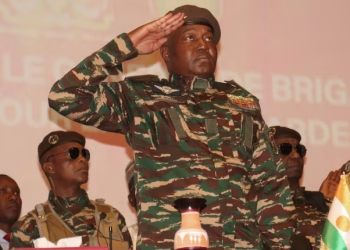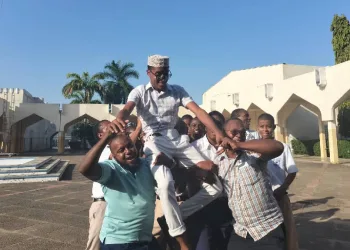The impeachment of former Deputy President Rigathi Gachagua has sparked a significant political battle in the Mt. Kenya region, intertwining party politics, dynastic influences, and individual ambitions as the 2027 general election approaches.
Once seen as the undisputed regional leader following Uhuru Kenyatta’s exit, Gachagua now faces formidable challenges in regaining his influence amidst shifting loyalties and internal divisions. This development has reignited old rivalries and set the stage for a complex power struggle. Analysts argue that Gachagua’s removal has reshaped Mt. Kenya’s political landscape, exposing fractures within its leadership.
Key players, including Gachagua, the Kenyatta family, and current Deputy President Kithure Kindiki, are locked in a battle for influence. On Monday, President William Ruto held a surprise meeting with his predecessor, Uhuru Kenyatta, in Gatundu, fueling speculation about political realignments. Reports suggest Ruto may bring Uhuru’s allies, including his brother Muhoho, into his administration, further isolating Gachagua. Mathira MP Eric Wamumbi criticized Gachagua’s claims of rapport with Uhuru, describing them as baseless.
Nyeri Governor Mutahi Kahiga, however, defended Gachagua, asserting that his impeachment has intensified regional unity around him. Kahiga questioned Ruto’s decision, comparing it unfavorably to Uhuru’s handling of internal disputes during his presidency. “The mountain is firmly behind Gachagua,” Kahiga stated, dismissing claims of division as political propaganda.
Amid speculation that Gachagua may seek a new political party, Democratic Party chairman Esau Kioni expressed openness to his potential leadership. Kioni described Gachagua as the “Moses of the region” and a symbol of resistance against bad governance. Similarly, Thuo Mathenge of The New Democrats Party welcomed Gachagua, denying rumors of prior negotiations while highlighting the party’s role in uniting the GEMA community.
Political analysts contend that Gachagua’s grassroots appeal and positioning as a voice for the region’s ordinary citizens could strengthen his standing, especially amid perceived betrayals by Ruto’s administration. However, former Kiambu Governor William Kabogo cautioned that Gachagua’s struggle should not be framed as a communal fight, urging leaders to prioritize collective over personal interests.
Internal divisions within Ruto’s United Democratic Alliance (UDA) further complicate the landscape, with factions supporting either Kindiki or Gachagua. Kiambu Senator Karungo Thang’wa reaffirmed loyalty to Gachagua, accusing Ruto of sidelining the region, while other UDA figures like Laikipia East MP Mwangi Kiunjuri urged unity and focus on development.
Analysts remain divided over Gachagua’s prospects. Charles Mwangi of JKUAT highlighted confusion over Mt. Kenya’s leadership, questioning whether Gachagua, Kindiki, or Uhuru holds the mantle. While Kindiki lacks a grassroots base and electoral mandate, Gachagua’s confrontational style may alienate pragmatic voters seeking a clear agenda.
As the region braces for further political shifts, experts suggest Gachagua’s ability to forge strategic alliances and navigate entrenched rivalries will determine his survival. His next moves—whether forming a new party, leveraging existing structures, or negotiating with key players—will shape Mt. Kenya’s political future and his role in the 2027 elections.















